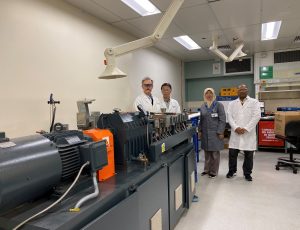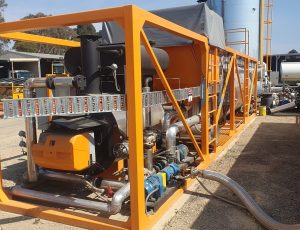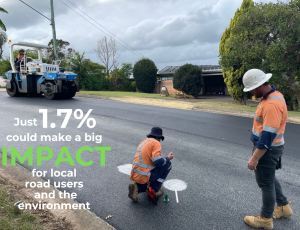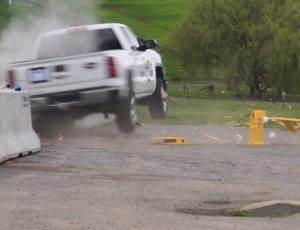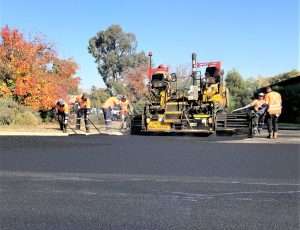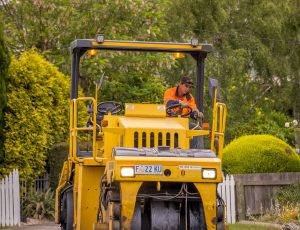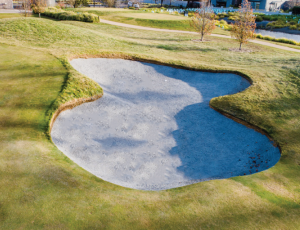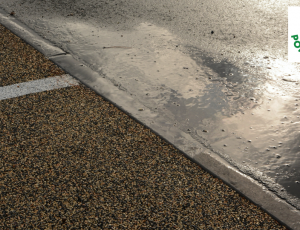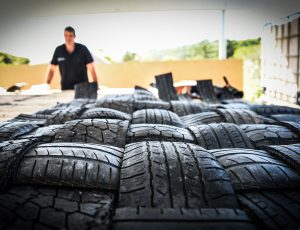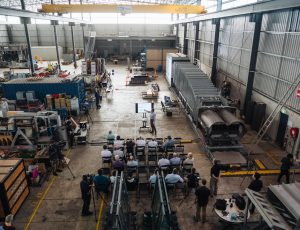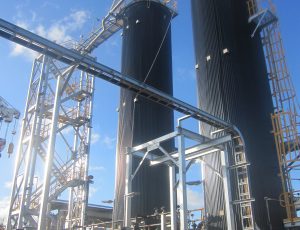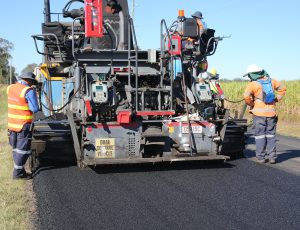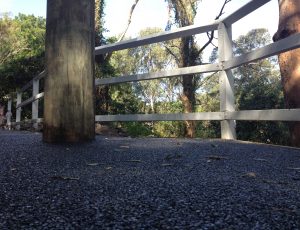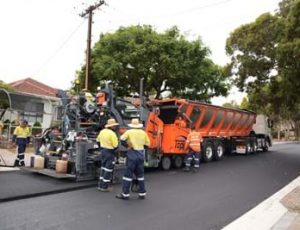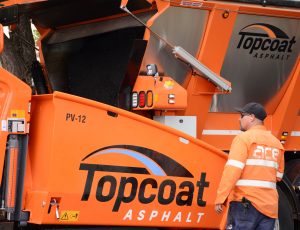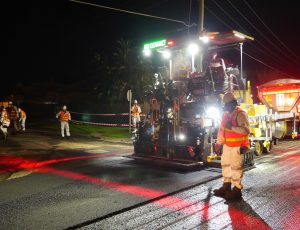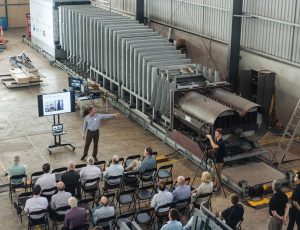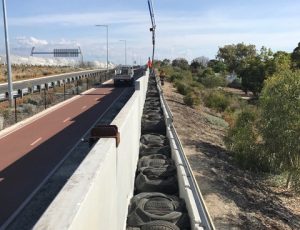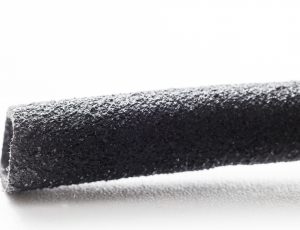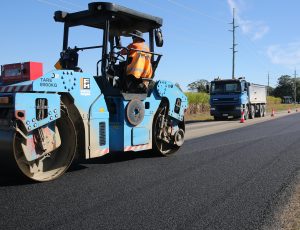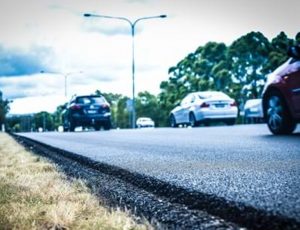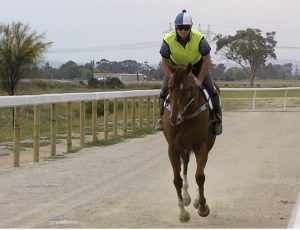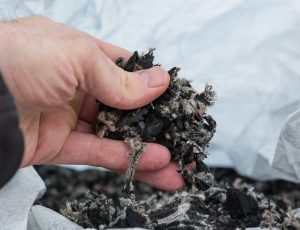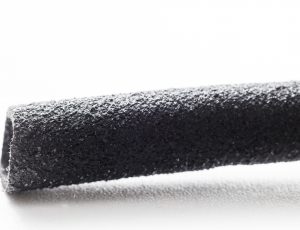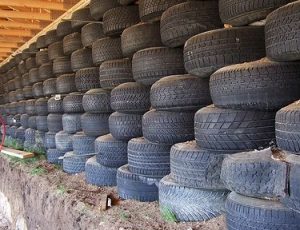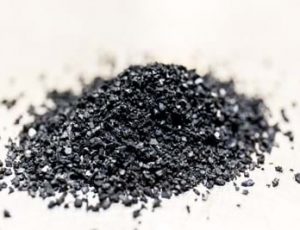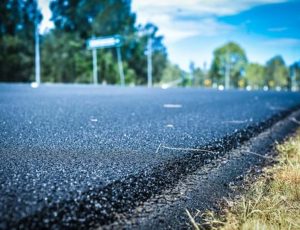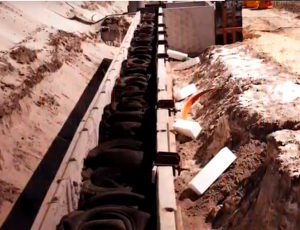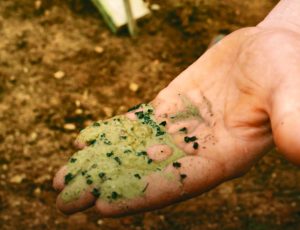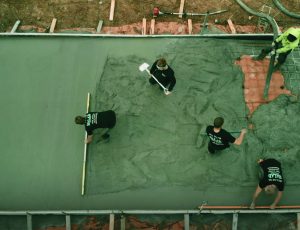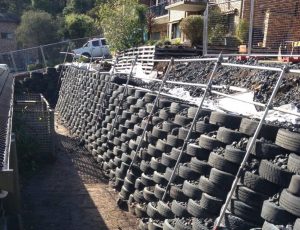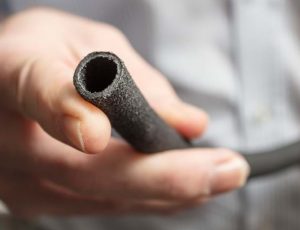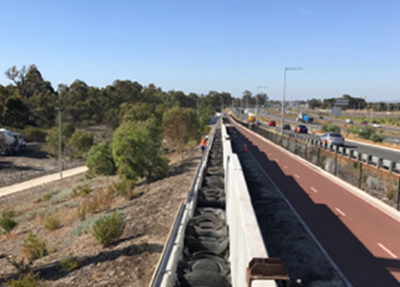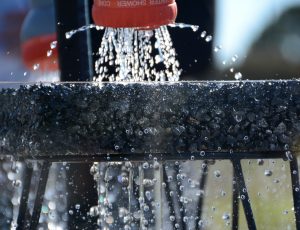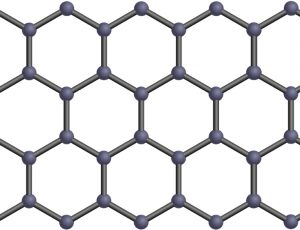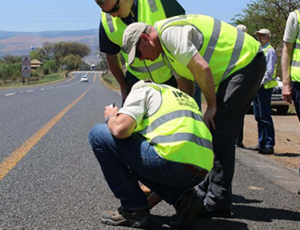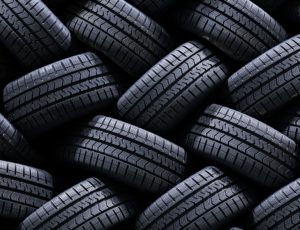Current Projects
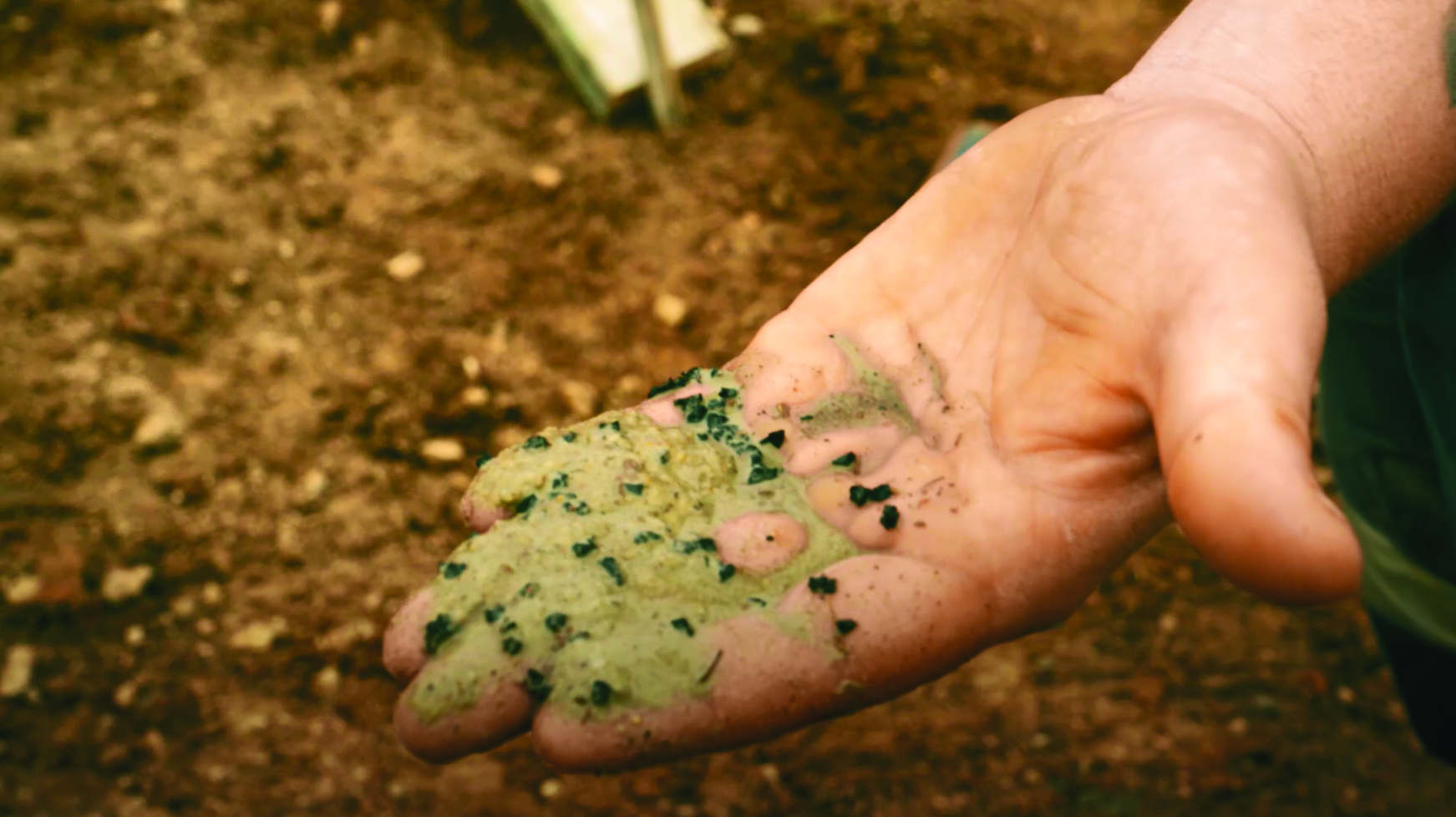
Current Project > Civil/Infrastructure
Reinforced Crumb Rubber in Residential Construction
1 March 2016
Building houses could drive major tyre recycling
TSA has been working with The University of South Australia on a project to develop Reinforced Crumbed Rubber Concrete (known as CRC) for use in Australia’s vibrant residential construction industry.
With an estimated 40% of the Australian annual total of 9.6 million cubic metres of pre-mixed concrete being used for residential construction, there is an opportunity to consume large amounts of recycled rubber and make a big dent in the 56 million end-of-life tyres Australia generates each year.
CRC is made when crumb rubber partially replaces sand in the concrete mix. In field tests, CRC showed no difference to conventional concrete in mixing and application and it has demonstrated positive properties that include increased toughness and impact resistance, reduced cracking and shrinkage, plus better acoustic and thermal insulation presented in other studies.
The ongoing testing work by the University of South Australia will be accompanied by further field and commercial testing. All focussed on supporting the increasing use of CRC.
Given that population growth is sure to drive growing domestic construction, the work on testing Reinforced Crumbed Rubber Concrete is a very promising avenue for delivering a sustainable outcome for a substantial proportion of tyre-derived material.
